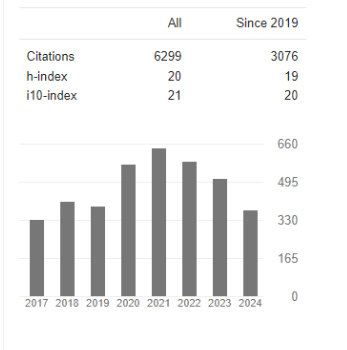Effect of Maternity Waiting Home Service Utilization on Maternal Health Outcomes in Public Hospitals of West ARSI Zone, Oromia Region: Institution Based Prospective Cohort Study
Abstract
Negeso Gebeyehu Gejo, Aman Urgessa Edaso, Daniel Yohannes Bedecha, Abraham Endale Geleta and Aster Yalew Bekuru
Background: Maternity waiting homes (MWHs), also known as mother’s shelters, are structures built near healthcare facilities. The use of MWHs has been linked to reductions in maternal mortality. However, due to a lack of strong evidence in this area, conclusive evidence has not been able to be reached indicating definitively that MWHs lead to fewer maternal deaths.
Objective: The primary aim of this study was to assess the effect of maternity waiting home service utilization on maternal health outcomes in public hospitals in West Arsi Zone, Oromia Region, from March 8 to June 1, 2022.
Methods: A prospective cohort study was conducted among 1606 mothers (803 maternity waiting home users and 803 non- users) who were admitted to public hospitals in the West Arsi Zone from March 8 to June 1, 2022. Simple random sampling methods were used to approach study participants. Epi-data version 3.1 and Stata version 16 were used for data entry and analysis, respectively. Both bivariable and multivariable generalized linear model analyses were done to identify associations between dependent and independent variables. Crude and adjusted relative risk with respective 95% confidence intervals were computed, and statistical significance was declared at p-value <0.05.
Result: There was a 28% reduced risk of developing maternal complications in the exposed group when compared to the non- exposed group [RR = 0.72, 95% CL = 0.61, 0.86]. Multiparity [RR=1.42 95%Cl (1.17, 1.72), advanced maternal age [RR= 0.57 95%Cl (0.41, 0.97), and transfer from another facility [RR=1.59, 95%Cl (1.34, 1.90)] were independent predictors for maternal complications.
Conclusion & Recommendations: The present study found that maternity waiting home users had a reduced risk of developing maternal complications when compared to non-users. Besides, advanced maternal age, multiparity, maternal complications, and transfer from another facility were independent predictors of maternal complications. Strengthening maternity waiting home services is decisive to reducing maternal complications.




